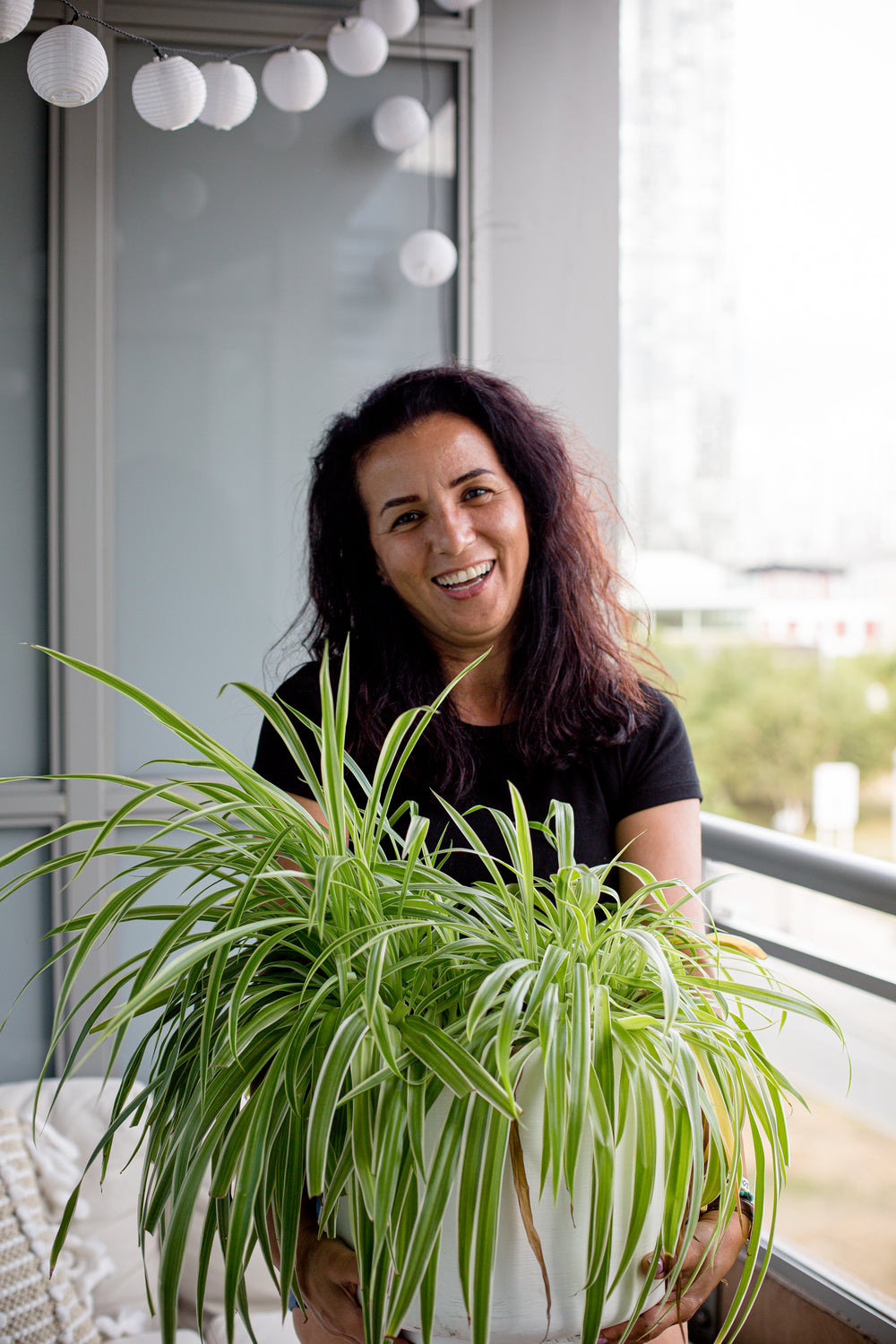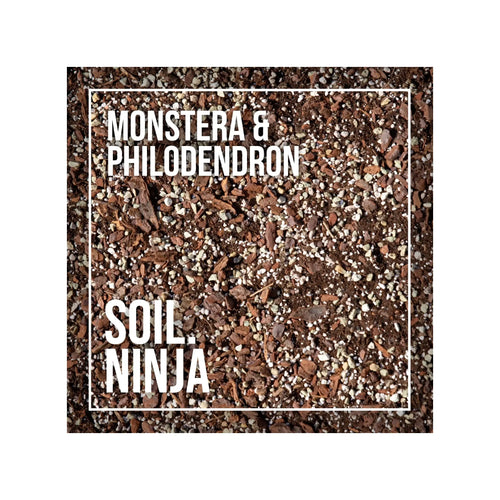When you first welcomed plants into your home, finding a spot was simple—a side table or windowsill sufficed. But as your collection blossoms, arranging them cleverly becomes essential. Instead of lining them all by the window—where they may block fresh air, sunlight, or even tempt playful pets—style them on shelves. Shelves not only display plants attractively but also help maintain humidity, protect them from pets, and add depth to your décor. Here’s a guide to designing plant shelfies with creativity and flair.
1. Curate Thoughtful Plant Groupings
Plants often thrive when grouped together: their combined foliage helps maintain moist air, perfect for most indoor species. But effective grouping demands balance and cohesion.
Mix sizes and heights
Pairing a trio of plants of varying sizes creates rhythm. For instance, match a tall snake plant with a lush pothos and a small begonia. This contrast highlights each plant’s distinct character while maintaining harmony. But avoid overshadowing smaller gems; you don’t want a towering monstera to dominate delicate succulents.
Play with texture and color
A tapestry of foliage types—tiny baby’s tears next to glossy ficus leaves or a sculptural jade—adds visual tension and character. This interplay keeps eyes wandering, heightening interest throughout the display.
Match care needs
Group plants with similar requirements—light, water, humidity—to streamline upkeep. A cohesive zone for moderate-light, moisture-loving plants or another for drier, sun-adapted specimens makes care simpler and more effective.
Style your backdrop
Plant shelves can double as a charming background for video calls or at-home hangouts. Curate a backdrop that looks natural on screen, offering ambiance without clutter.
2. Go Vertical: Use Shelves on Every Level
Plants flourish visually when placed at multiple heights. A single shelf underwhelms, but a multi-level arrangement brings life and movement.
Explore diverse shelf styles
Floating shelves in crisp white are sleek, but hunting down character-filled shelves at secondhand markets can revitalize a room. Consider glass-door cabinets for humidity-loving plants or freestanding wooden units with personality.
Incorporate ladders and trellises
A leaning ladder shelf adds vertical interest, inviting plants to drape down its rungs. Trellises can also support hanging pots, creating a textured green wall.
Think beyond the walls
Floor-level plants under benches or side tables, hanging shelves above eye level, or even small planters beneath glass coffee tables—layered placements define zones and amplify the living feel.
3. Choose Pots and Stands with Purpose
Your pots should complement your plants—and the room’s aesthetic. Pick a theme and build around it.
Use baskets and natural fibers
Woven baskets bring warmth, texture, and casual charm. They’re great for bohemian or coastal-inspired themes.
Try industrial materials
Cement or metallic containers lend an urban, chic vibe. Rusted metal or aged tins nod to reclaimed, vintage touches.
Opt for mixed materials
Combine wood, ceramic, terracotta, and metal to add layers of interest. The juxtaposition keeps things visually fresh.
Utilize stands and varying heights
Plant stands and stools can elevate a modest pot to prominence. Think clever: a short stand on a shelf gets a tiered look; a taller stand holds eye-level plants.
4. Style with Design Harmony
Treat your plant shelfie like an interior vignette. Balance repetition with variety, and be intentional about accents.
Repeat colors or forms
Use a color palette—earth tones, soft pastels, or monochrome white—to tie pots and shelves together. Repeating hues or leaf forms ensures cohesion.
Add non-plant objects
Introduce books, candles, sculpture pieces, or framed imagery to bring personal layers to the display. These items complement plants without stealing focus.
Think in odd numbers
Trios or groups of five often look more dynamic and curated than pairs.
Tune the lighting
Good natural light is essential, of course—but don’t forget atmosphere. A spotlight or LED strip near top-shelf plants enhances their foliage glow and creates depth at night.
5. Stay Safe and Responsible
Heavy, wet pots pose a risk if shelves aren’t sturdy. Before fully styling, consider:
Check load capacity
Review weight limits for your shelving and choose mounting hardware accordingly. Reinforce where needed.
Weigh plants while watered
Measure a saturated pot’s weight so you know if your shelf can support it safely.
Ensure proper drainage
Use saucers under pots or double potting inside trays to protect wood or furniture.
Why Plant Shelfies Work?
Visual Depth: Layers of foliage break flat sightlines, pulling the eye in and around.
Functionality: Centralized plant groupings simplify watering, pruning, and care.
Mood Boosting: Milieu of greenery uplift atmosphere, improve air quality, and nourish emotional well-being.
Design Flexibility: Mobile shelf setups let you change looks seasonally or when you refresh décor.
Final Thoughts
Creating a stylish plant shelfie is about combining thoughtful plant pairings, varied heights, attractive pots, and careful shelf management. Whether you select unique shelving, repurpose household furniture, or budget find a ladder shelf, the key lies in intention.
Think groupings, layers, and design accents. Balance sibling plants by size, color, and care needs. Choose pots that match both your interior style and plant character. Make your shelf strong enough, well-lit, and safe.
When executed thoughtfully, your plant shelfie becomes more than a display—it’s a living installation that elevates your entire home. Every corner gains personality, every shelf tells a story, and every plant feels right at home.
So go ahead: clear that windowsill, gather your favourite pots, and start building a shelfie that excites you every time you enter the room.
Happy styling!










